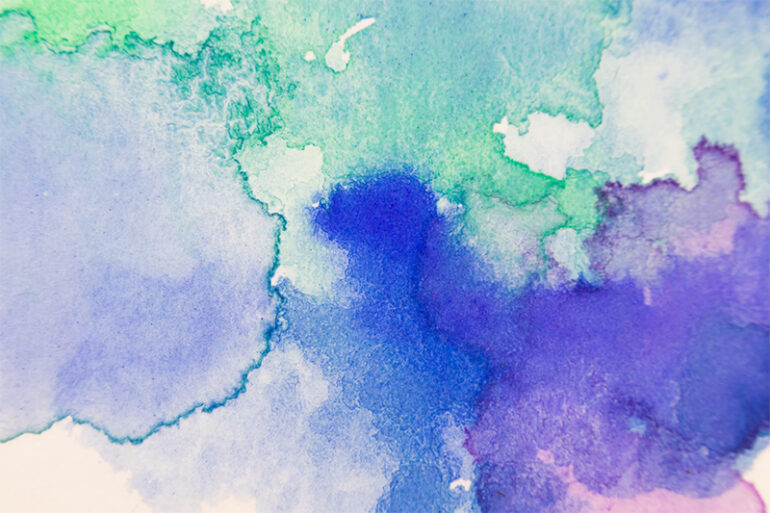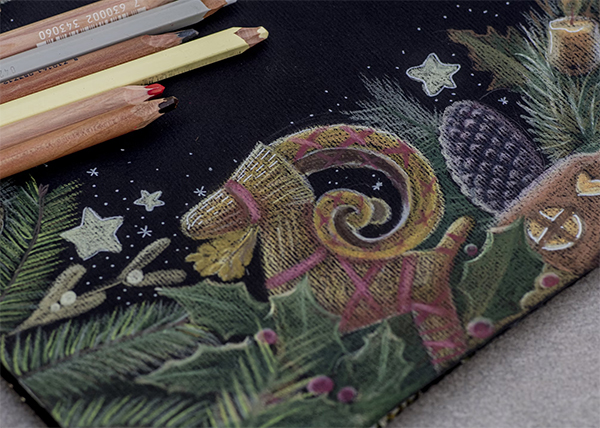Throughout the history of art, watercolor has bewitched painters with its enchanting traits. Its sheer nature and versatility offer a boundless canvas for imaginative expression. For both novices and seasoned artists, mastering the art of watercolor can reveal realms of tranquility and majesty.
Getting started with watercolor
Before diving into the techniques, it is essential to have the right materials. Watercolor paints come in tubes or pans, and it is advisable to invest in artist-grade paints for better pigmentation and lightfastness. Additionally, you will need high-quality watercolor paper, brushes of different sizes, and a palette for mixing colors.
Basic techniques
Watercolor techniques can be broadly categorized into wet-on-wet and wet-on-dry. Wet-on-wet involves applying paint to a wet surface, creating soft and blended effects. Wet-on-dry, on the other hand, involves applying paint to a dry surface, allowing for more control and defined edges. Some basic techniques include washes, glazing, and lifting.
Creating texture and depth
Watercolor allows artists to create stunning textures and depth in their paintings. Techniques such as dry brushing, splattering, and salt effects can add interesting textures to your artwork. Layering colors through glazing can also create depth and luminosity, as each layer interacts with the previous ones.
Exploring expressive possibilities
Watercolor is a versatile medium that can be used to convey a wide range of emotions and atmospheres. By experimenting with different techniques and approaches, artists can create expressive and evocative paintings. For example, using bold and vibrant colors with loose brushwork can create a sense of energy and spontaneity. On the other hand, employing delicate washes and soft edges can evoke a sense of tranquility and serenity.
Pushing boundaries with mixed media
Watercolor can be combined with other mediums to push the boundaries of traditional painting. Mixed media techniques, such as incorporating ink, pastels, or even collage elements, can add depth and interest to your watercolor paintings. These combinations allow for even more expressive possibilities and can result in unique and captivating artworks.
Mastering the art of watercolor
Becoming skilled in watercolor necessitates dedication, perseverance, and a readiness to explore new possibilities. Gaining knowledge about the characteristics of watercolor and its interactions with various surfaces is crucial. By immersing yourself in the masterpieces of celebrated watercolor painters and participating in educational workshops or courses, you can acquire invaluable knowledge and methods to elevate your artistic abilities.
Finding inspiration in nature
Watercolor artists have always found great inspiration in the beauty of nature. Watercolor is a versatile medium that is particularly effective in portraying the enchanting allure of natural scenery, blossoms, and fauna. Immersing oneself in the great outdoors, marveling at the interplay of illumination and darkness, and delving into the intricate elements of the natural world can ignite unparalleled creativity, resulting in awe-inspiring watercolor masterpieces.
Conclusion
The art of watercolor painting takes you on a tranquil and mesmerizing creative expedition. By honing their abilities and delving into the boundless possibilities of this specific form, creators can generate mesmerizing and visually appealing works of art. Whether just starting out or deeply experienced, watercolor welcomes enthusiasts from every walk of life. Ready yourself for the thrill of picking up your brushes, diving into the calming world of watercolor, and unleashing your boundless artistic vision.
1st & featured image by https://unsplash.com/photos/TMXIWZncTZU

